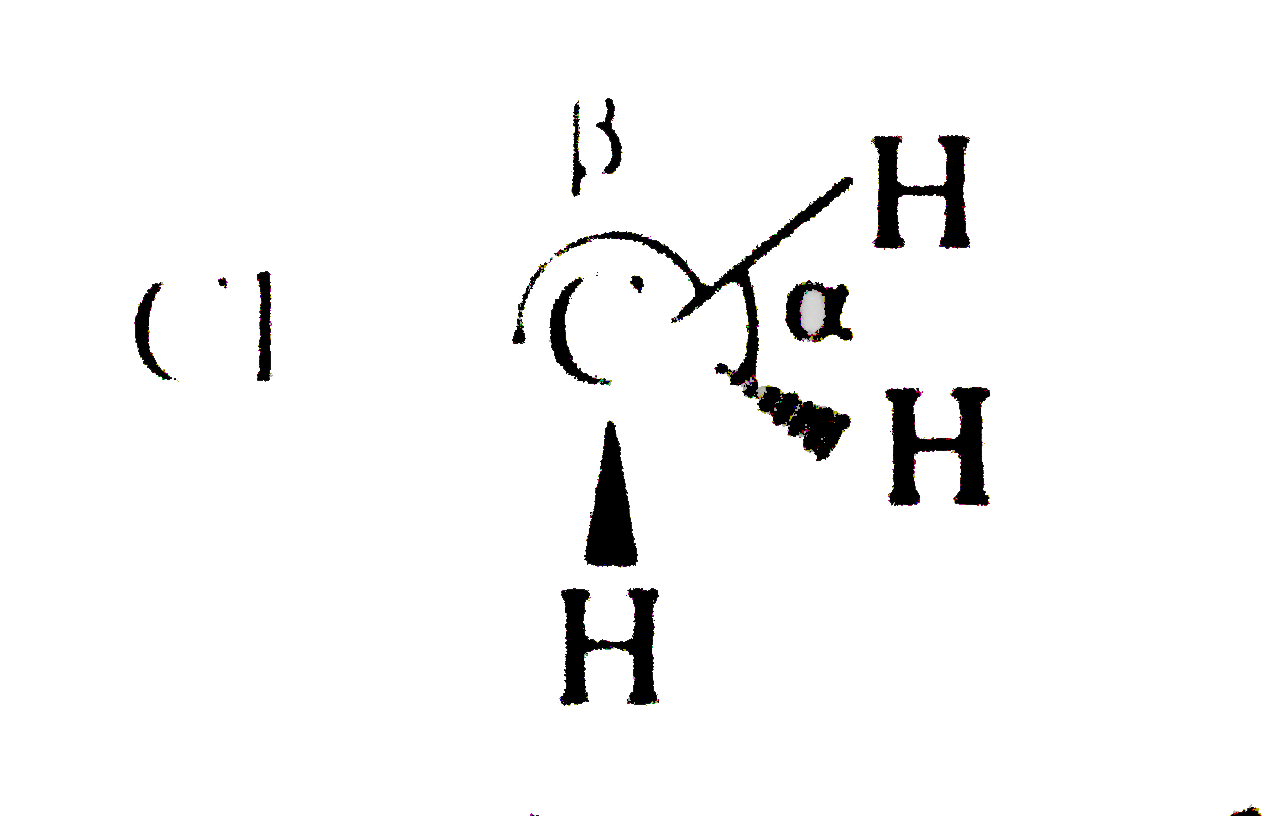Complete Solutions to Passage-2 of chapter INTRODUCTION TO ORGANIC CHEMISTRY of Class 11 book with complete answers and questions
| Class 11 | CHEMISTRY |
| Chapter | INTRODUCTION TO ORGANIC CHEMISTRY |
| OP TANDON | Passage-2 |
| Number Of Questions | 5 |
| Academic Year | 2023-24 |
Geometry of organic compound is often described in terms of the valence shell electron pair repulsion theory. The VSEPR model rests on the premise that an electron pair, either bonded pair or an unshared pair, associated with a particular atom will be as far away from the atom's other electron pairs as possible. The tricoordinate carbon atoms of an alkene or carbonyl group also form bonds with angles near `120^(@)`. In these compounds, unsaturated double bonds have two electron pairs-those of the sigma and pi bonds. Repulsion by these two pairs are some what greater than those between single bonds, so that deviation from exact `120^(@)` trigonal geometry is observed. Another factor which has important influence on shapes is non bonded repulsion between the atoms within the molecule. Such repulsion is also referred to as steric effects.

Select the correct sequence of bond angles indicated in the above molecules.
View SolutionGeometry of organic compound is often described in terms of the valence shell electron pair repulsion theory. The VSEPR model rests on the premise that an electron pair, either bonded pair or an unshared pair, associated with a particular atom will be as far away from the atom's other electron pairs as possible. The tricoordinate carbon atoms of an alkene or carbonyl group also form bonds with angles near `120^(@)`. In these compounds, unsaturated double bonds have two electron pairs-those of the sigma and pi bonds. Repulsion by these two pairs are some what greater than those between single bonds, so that deviation from exact `120^(@)` trigonal geometry is observed. Another factor which has important influence on shapes is non bonded repulsion between the atoms within the molecule. Such repulsion is also referred to as steric effects.

Select the correct sequence of indicated bond angles.
View SolutionGeometry of organic compound is often described in terms of the valence shell electron pair repulsion theory. The VSEPR model rests on the premise that an electron pair, either bonded pair or an unshared pair, associated with a particular atom will be as far away from the atom's other electron pairs as possible. The tricoordinate carbon atoms of an alkene or carbonyl group also form bonds with angles near `120^(@)`. In these compounds, unsaturated double bonds have two electron pairs-those of the sigma and pi bonds. Repulsion by these two pairs are some what greater than those between single bonds, so that deviation from exact `120^(@)` trigonal geometry is observed. Another factor which has important influence on shapes is non bonded repulsion between the atoms within the molecule. Such repulsion is also referred to as steric effects.

Select the correct sequence of indicated bond angles.
View SolutionGeometry of organic compound is often described in terms of the valence shell electron pair repulsion theory. The VSEPR model rests on the premise that an electron pair, either bonded pair or an unshared pair, associated with a particular atom will be as far away from the atom's other electron pairs as possible. The tricoordinate carbon atoms of an alkene or carbonyl group also form bonds with angles near `120^(@)`. In these compounds, unsaturated double bonds have two electron pairs-those of the sigma and pi bonds. Repulsion by these two pairs are some what greater than those between single bonds, so that deviation from exact `120^(@)` trigonal geometry is observed. Another factor which has important influence on shapes is non bonded repulsion between the atoms within the molecule. Such repulsion is also referred to as steric effects.

Which among the following is correct about the indicated bond angles?
View SolutionGeometry of organic compound is often described in terms of the valence shell electron pair repulsion theory. The VSEPR model rests on the premise that an electron pair, either bonded pair or an unshared pair, associated with a particular atom will be as far away from the atom's other electron pairs as possible. The tricoordinate carbon atoms of an alkene or carbonyl group also form bonds with angles near `120^(@)`. In these compounds, unsaturated double bonds have two electron pairs-those of the sigma and pi bonds. Repulsion by these two pairs are some what greater than those between single bonds, so that deviation from exact `120^(@)` trigonal geometry is observed. Another factor which has important influence on shapes is non bonded repulsion between the atoms within the molecule. Such repulsion is also referred to as steric effects.
Which compound has bond angles nearest to `120^(@)`?
View Solution
Passage-2 questions and complete solutions for chapter INTRODUCTION TO ORGANIC CHEMISTRY of G.R. BATHLA & SONS CHEMISTRY (HINGLISH) of Class 11